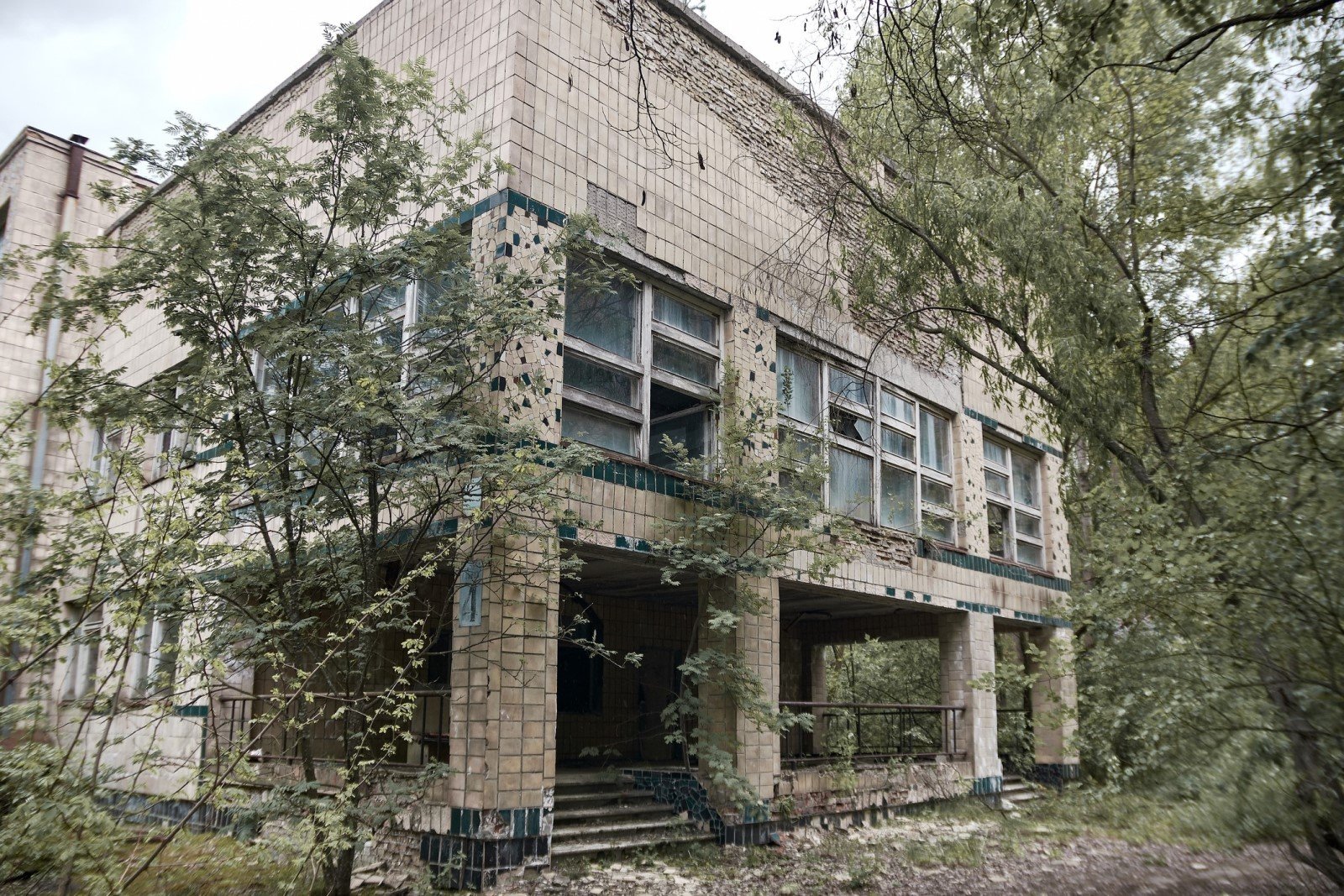
The COVID-19 pandemic has prodded Americans to discover new outdoor activities that don’t involve crowds.
Many of these activities focus on exercise, like hiking and biking. But Americans have also rediscovered the joys of the good, old-fashioned afternoon drive. And as they motor along, they’ve rediscovered other good, old-fashioned things — like abandoned buildings.
If Facebook, Instagram, and Flickr are any indication, Americans are not only noticing these buildings; they’re photographing them in huge numbers. Just 13 months after its creation in December 2020, the Abandoned: Minnesota public Facebook group grew to 92,500 members. Similar public Facebook groups that are a few years older have recorded comparable growth: Tennessee, 167,000; Michigan, 170,000; Louisiana, 200,000; Illinois, 258,000; Virginia, 291,000.
In addition, there are dozens of private Facebook groups with thousands of members each. And Flickr has countless pages devoted to abandoned buildings.
What Is the Attraction?
What is it about abandoned buildings that fascinates us so much? No doubt the explanations vary, but it is probably safe to say that most people are drawn to the mystery of them. Who lived or worked in this building? What happened within these walls? Why did everyone leave?
People who embark on this hobby also report that the act of photographing abandoned buildings can provide an adrenaline kick. The reason: The legality of the activity isn’t always clear.
Sure, you might be able to take a perfectly fine photograph of an interesting old building from the road or the street, but there might be better angles if you venture onto the property. Is it legal to step onto this property and take pictures? What about taking pictures inside the building if possible?
What Does the Law Say?
At its most basic level, trespassing occurs whenever you step onto someone’s property without their permission. However, when it comes to abandoned structures, it’s usually difficult or impossible to determine who owns them.
Also, some state trespass laws appear to place responsibility on property owners to properly post their land with “No Trespassing” signs. Minnesota, for instance, requires property owners to post signs with letters at least two inches high along with information about the state trespassing laws. Owners must also post signs at specified intervals so that potential trespassers can see them. This doesn’t mean that a person who enters unposted property can tell an owner to buzz off, but it can be a good defense in court.
In reality, of course, a property owner is unlikely to take someone to court for stepping onto their property to snap a few photos. But when that photographer enters a building, the legal picture can become more serious. In most cases, the law considers entering a structure without permission trespassing — even if the property lacks proper signage.
It’s best if photographers of abandoned structures are as respectful of property as possible. It’s usually easy to get good shots without stepping onto private property. But if you are feeling more daring, you should know that you are breaking the law if you step onto posted and/or fenced property — or maybe even it’s not posted or fenced.
The Riskiness of Urbexing
We’ve been talking here about everyday folks who drive around, snap photos of interesting old buildings, and share them on Facebook. But we’d be remiss if we don’t mention the next level up in the abandonment-photography hierarchy: urbexers.
“Urbex” refers to urban exploration, a risky activity practiced by thousands of thrill seekers. Urbexing involves getting inside abandoned urban structures — factories, power plants, asylums, utility tunnels — and photographing the interiors.
Many urbexers strive to be as daring as possible, engaging in forceful entry and seeking dangerous environments to photograph, which can land them in legal hot water.
It can also kill them. In 2018, 30-year-old Philadelphia urban explorer Rebecca Bunting died when a flash flood carried her away in a storm drain she was photographing with her boyfriend. In 2020, 22-year-old Welsh urbexer Ethan Ross Bonnar fell through the roof of an abandoned milk factory and died.
If you’re attracted to photographing abandoned buildings like so many are, try to resist the impulse to cross legal boundaries and possibly place yourself in physical danger.
It can be a great hobby — if you play it safe.
